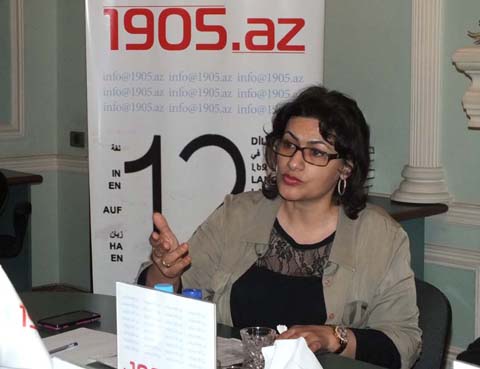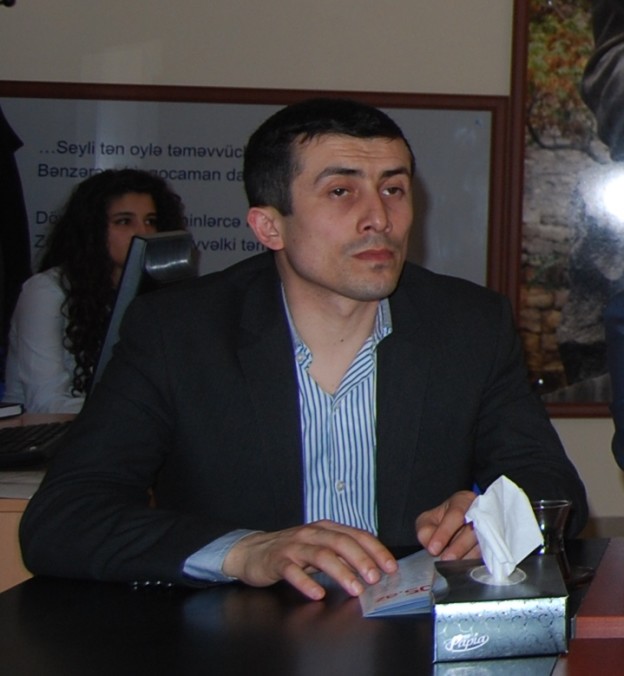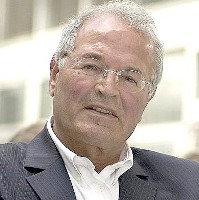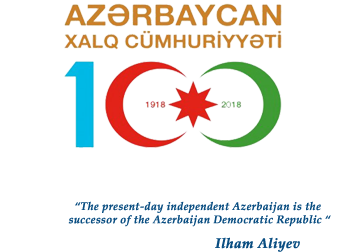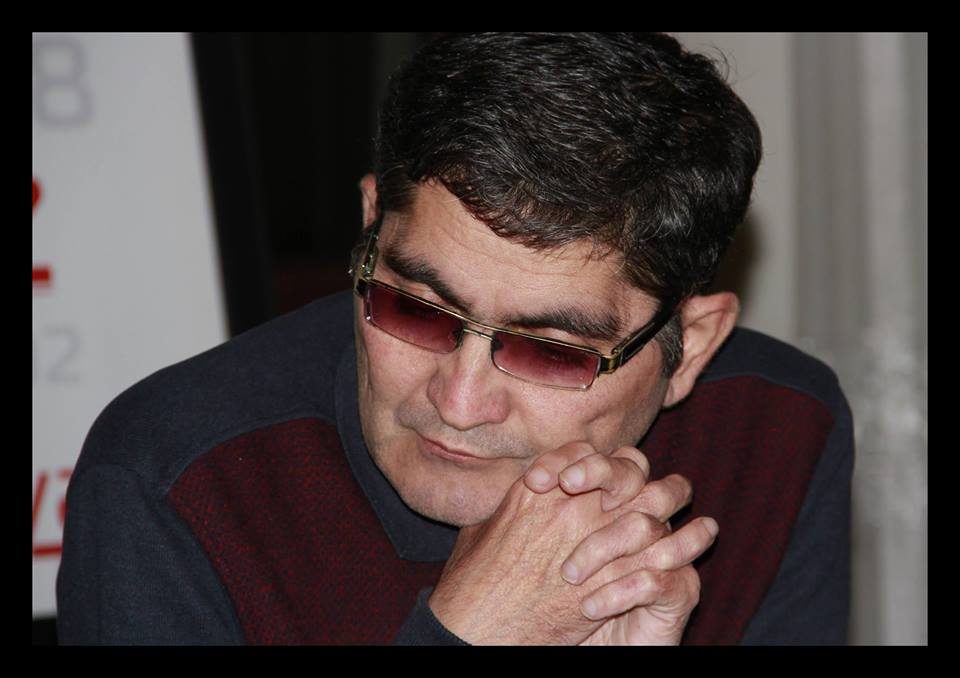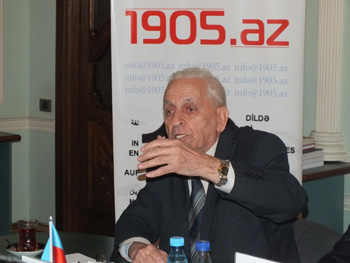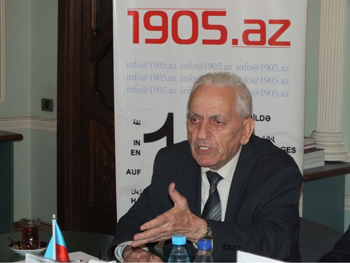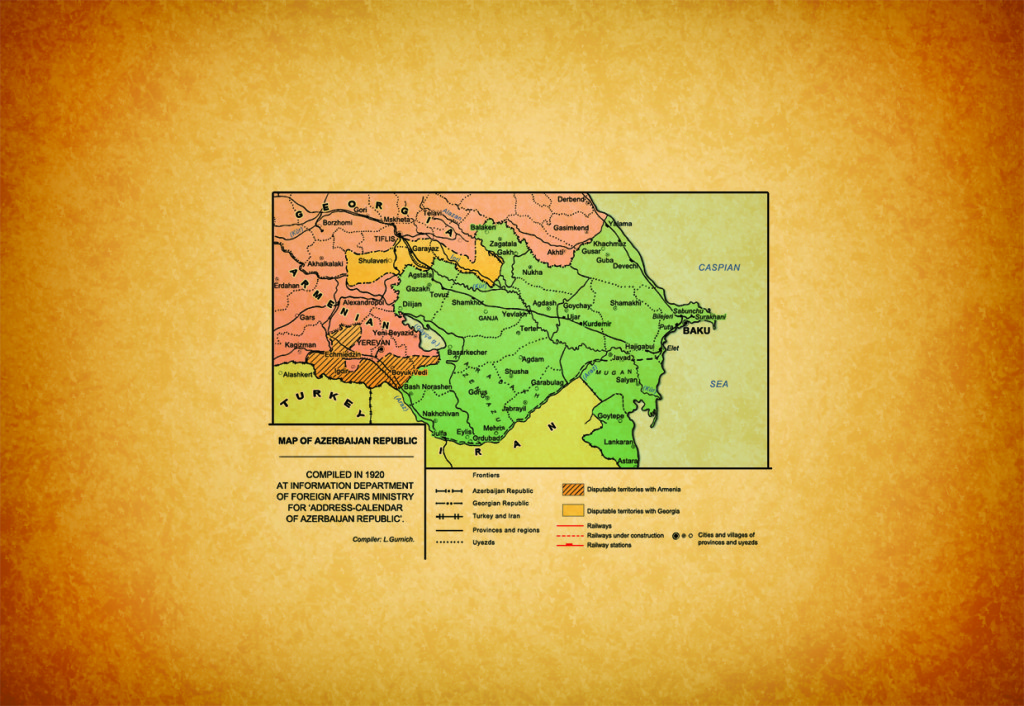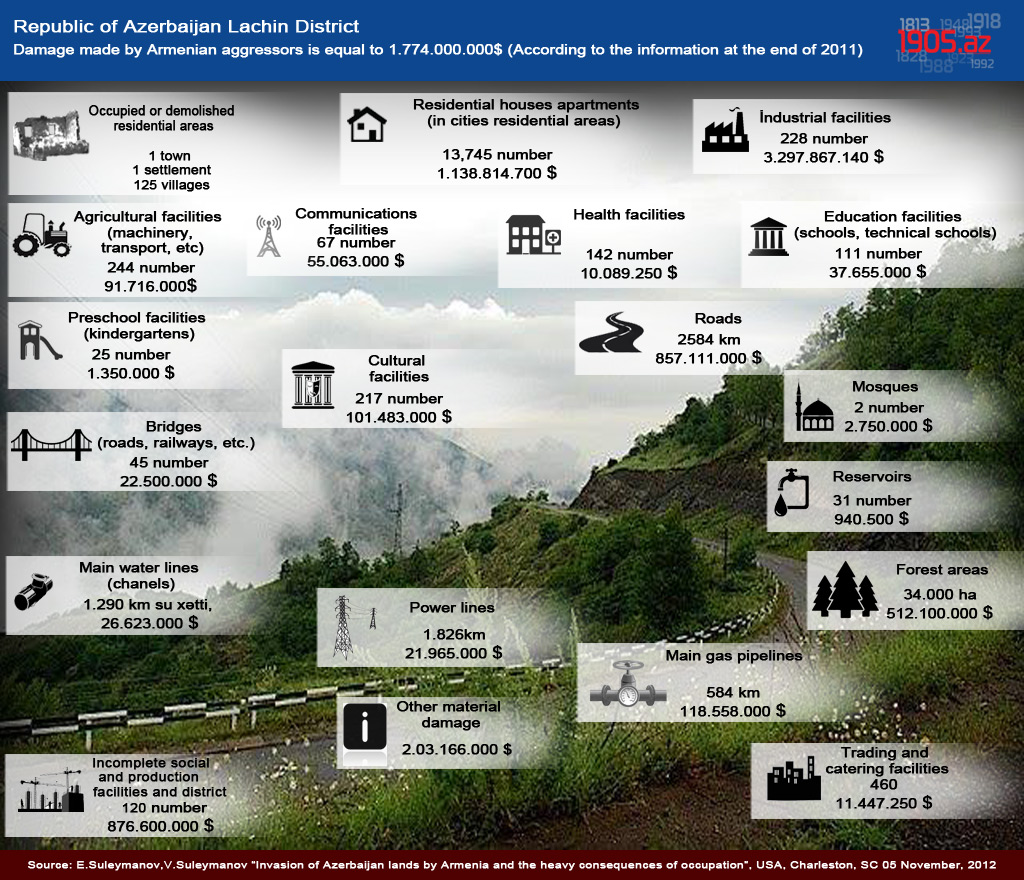In June of 1923 the “Trans-Caucasian District Committee” of Soviet empire demanded from Azerbaijan’s government to solve the issue of autonomy. After these insistent demands “Azerbaijan’s Central Executive Committee” on July 7, 1923 issued a decree on “Establishment of Daglyg Garabagh Autonomous District”. By this decree Khankendi was announced the center of the district. In a short time the town was renamed as “Stepanakert” – after the name of Stepan Shaumyan, one of organizers of genocide against Azerbaijani. 10 days later the town Shusha was also included in the territory of the district. And this desire of Armenians was also fulfilled. The aim was to make Shusha the Armenian town. Due to this, Azerbaijan’s government was against inclusion of Shusha to the district, but in the end it was forced to agree. Establishment of an autonomous district was incorrect, illegitimate and baseless decision. Even representatives sent by Moscow to Azerbaijan started themselves to doubt in correctness of this decision. According to some data in 20-30-ies of the last century there were several attempts to abolish this decision.
Thus, as a result of Russia’s policy Garabagh, which previously have been a single territorial unit, was divided into portions. Part of it was separated and given 12 to Armenia. In its other part there was established a structure named “Daglyg Garabagh Autonomous District”. Of historic lands of Garabagh 16 thousand sq.km of area stayed within Azerbaijan, including Daglyg Garabagh Autonomous District. In Azerbaijan’s part of Zangezur district, which also belonged to historic lands of Garabagh in a short time there were created regions of Agdam, Jebrail, Barda, Terter and Agjhabedi. While establishment of Daglyg Garabagh Autonomous District, its territory constituted 4.160 sq.km (later, as a result of some administrative changes this territory reached 4400 sq.km). The district also involved villages of Jevanshir, Jabrail and Gubadly districts. Initially the district consisted of five regions – Dizak (48 villages), Varand (46 villages), Susha (12 villages), Khachin (53 villages), Jeraberd (53 villages). In 1930-ies Armenians changed names of the regions: Varand region was changed to Martuni, Jeraberd to
Mardakert, Dizak to Gadrut, Khachin region was liquidated and its territory was included into Stepanakert region. In 1963 Shuha region was abolished and its territory was given to Stepanakert region. Only two years later Shusha region was restored. In 1978 the new Askeran region is established on the basis of Stepanakert region.
Division of Garabagh into two parts and establishment of Armenian autonomy in its mountain areas was part of expansionist policy of Armenia, Armenian Diaspora and terrorist organizations. Armenians did not keep secret that after achieving of status of autonomy they have intentions to totally capture these lands. Researchers from foreign countries without deep knowledge of the issue, sometimes express such an idea that if Armenians successively claims lands of Azerbaijan, then probably they have a ground for this. In this case we can see in practice the confirmation of known philosophical truth: repeatedly and insistently expressed lie after some time seems as a truth to people and even to those who say these lies. Claims of Armenians can be compared to behavior of ill-bred child, who wants to take off the toy of well-bred child: after child’s loud cries its desire is satisfyied in order to restore silence. This is one of possible explanations of Armenians’ claims, including territorial claims and demands related to fabricated “genocide”.
Through the existence of Soviet empire also, Armenia did not refuse of its intentions and by support of people of Armenian origin in Moscow’s leadership continued its policy of aggression. Under various pretexts Armenia succeeded to capture other lands also, including such as territories of Geyche and Dilijan in 1922, 9 villages of Nakhchyvan in 1923, Mehri in 1929, parts of villages of Sadarak and Kerki in 1938, summer pastures Garagel in Lachyn region in 1969, Chayzemi in Gubadly region, Kemerli in Gazakh region, part of territory with gold deposits of Zod field in Kelbajar region, summer pasture Injedere in 1982, part of villages Kemerli, Aslanbeyli and Gaymagly of Gazakh region and in 1986 the 2500 ha of pasture lands in Gazakh region. Every attempt of Azerbaijani to resist the process 13 was firmly stopped by Moscow leadership. Azerbaijani, who strived for defense of their own lands, were blamed in nationalism, in opposing principles of “proletarian internationalism” stating that within the limits of one country, i.e. within the Soviet empire, it is not of special value who would control the territories. This was a continuation of the policy of spreading of “Armenianity and Christianity” openly conducted by tsarist Russia under the new slogan of “proletarian internationalism”.
“Soviet period” of claims of Armenians” (published by the Organization of Liberation of Garabakh, Baku 2009)

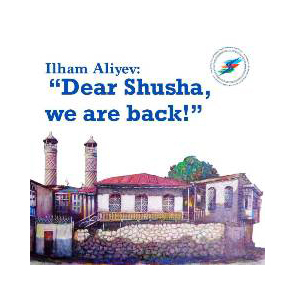

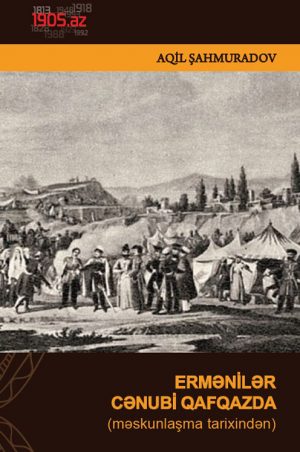
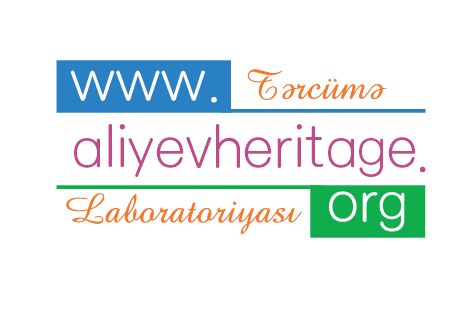

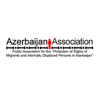


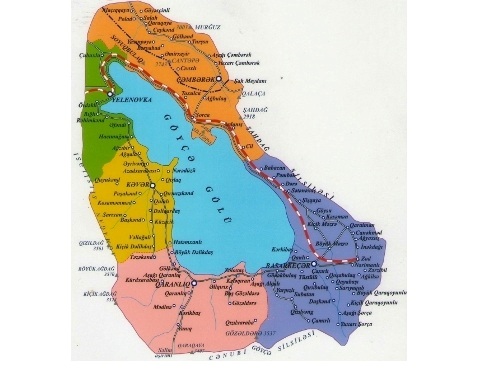
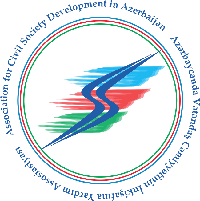
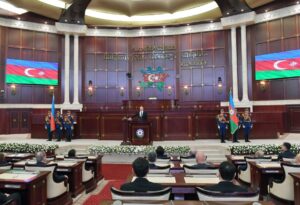 Inauguration ceremony of President of Azerbaijan Ilham Aliyev was held
Inauguration ceremony of President of Azerbaijan Ilham Aliyev was held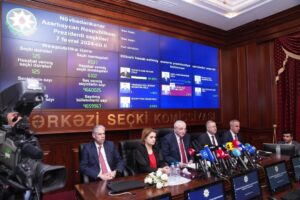 Ilham Aliyev wins presidential election with 92.05 percent of votes VIDEO
Ilham Aliyev wins presidential election with 92.05 percent of votes VIDEO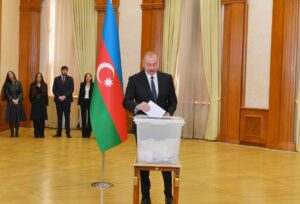 President Ilham Aliyev, First Lady Mehriban Aliyeva and family members voted in Khankendi VIDEO
President Ilham Aliyev, First Lady Mehriban Aliyeva and family members voted in Khankendi VIDEO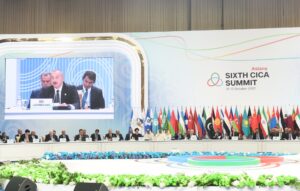 Plenary session of 6th Summit of Conference on Interaction and Confidence Building Measures in Asia gets underway in Astana. President Ilham Aliyev attends the plenary session VIDEO
Plenary session of 6th Summit of Conference on Interaction and Confidence Building Measures in Asia gets underway in Astana. President Ilham Aliyev attends the plenary session VIDEO President Ilham Aliyev was interviewed by Azerbaijani TV channels in Prague VIDEO
President Ilham Aliyev was interviewed by Azerbaijani TV channels in Prague VIDEO



